Surprisingly, the black-throated blue warbler that showed up at Lynn Buckmaster-Irwin’s suet feeder on Dec. 31 has been seen in her yard every day since then. Maybe it is not surprising as there was one in northern Philadelphia in early January and one near Cape May in early February. The next nearest individual, however, is in northern Florida.
Lynn also reports that she saw a phoebe on Valentine’s Day.
I was curious about how many species have been reported in this column so far this year; I reported 63 species in January and 18 so far in February, for a total of 81 species. Here I report another 45 species not previously mentioned in this column. The reported sightings are from Facebook’s Martha’s Vineyard Bird Alert or eBird online checklists. The more common species often do not make it into this column.
Frequently-seen winter resident waterfowl that have not been reported include brant, which are generally easy to spot in Ocean Park; Canada geese, which are found in agricultural fields and most ponds; the oceanic ducks common eider and the three scoters, white-winged, surf, and black; and the hooded and red-breasted mergansers.
Wild turkeys are often seen along roadways and the shorebirds black-bellied plover, sanderling and dunlin are found on our tidal flats and pond shores. Amongst many reports, Allan Keith observed seven black-bellied plovers, 29 dunlin and one sanderling at Norton Point on Feb. 18.
The common gulls — ring-billed, herring and great black-backed gulls — are found near most saltwater bodies. Rock pigeons are found at the Steamship Authority wharfs, the drawbridge and State Beach’s big bridge. Mourning doves are regularly found at feeders and Wendy Culbert and I spotted a mostly leucistic — white — one at our feeder on Feb. 12.
Barn owls can be found in nest boxes across the Island, including at Felix Neck. Belted kingfishers can be found at the Oak Bluffs pumping station and along many coves of our great ponds. Red-bellied woodpeckers, downy woodpeckers, blue jays, and tufted titmice are common in woodlands and at feeders.
American crows are just about everywhere and fish crows are fairly easy to see and hear around Vineyard Haven harbor. Dark-eyed juncos are mostly feeder birds and house sparrows can be found around supermarkets and in most downtowns.
The following species are not as common as those above, but always seem to get bumped from the column by what I consider to be the more interesting sightings.
Gadwalls have been seen in eight locations. Most recently Nancy Weaver found two on Lake Tashmoo on Feb. 7. Harlequin ducks have been seen at six locations, mostly in Aquinnah or Chilmark oceans; Allan Keith spotted six at Squibnocket on Feb 11. Long-tailed ducks are reported from 15 mostly-oceanic locations. Sharon Simonin found some offshore at Squibnocket on Feb. 8.
Double-crested cormorants have been reported from 14 locations, mostly on our ponds. On Feb. 10 Nancy Nordin saw one at Tashmoo Springs and Chris Scott found three at Philbin Beach. The closely-related great cormorant was reported from seven locations that are mostly rocky shorelines in Aquinnah and Chilmark; Nancy Weaver spotted six from Squibnocket Beach on Feb. 15.
Black-crowned night herons were reported from eight sites, with the greatest numbers at the Oak Bluffs pumping station on the Dec. 31 Christmas Bird Count; some are always present there.
There were four sharp-shinned hawk sightings, all in woodlands. Shea Fee observed one at Wasque on Feb. 14. The only peregrine falcon this year was spotted by Chris Scott at Upper Chilmark Pond on Feb. 7. Bonaparte’s gull were found at 11 shoreline locations; Nancy Nordin spotted three at Lobsterville on Feb. 12. Lesser black-backed gulls were observed at four locations, with Nancy Nordin finding five at Eel Pond and four at the Gay Head Cliffs on Jan. 31.
Hairy woodpeckers were seen at 11 locations, mostly in down-Island woodlands. Sea Williams found one on Feb 17 in the northeast corner of the state forest. Camouflaged brown creepers were reported from eight locations, all down-island, with Luanne Johnson finding one in her Oak Bluffs yard on Feb. 16. Northern mockingbirds were observed at 14 locations and most recently Nancy Nordin saw one in her West Tisbury yard on Feb. 17.
Ruby-crowned kinglets were found at five locations, with Matt Pelikan finding one at the pumping station and another at Major’s Cove on Feb. 4. There is only one report of chipping sparrows; a flock of 10 at Allan Keith’s feeders on Feb 11. Savannah sparrows were observed at six locations — all grassy fields or beaches — Shea Fee found four of them at Wasque on Feb. 14.
Snow buntings have been observed on Menemsha Beach or in Katama on bare ground and beaches; Jeff Bernier found a flock of 15 at a South Beach parking lot on Feb. 11. And Adam Balick reported the only eastern meadowlark at Misty Meadows on Feb. 11.
Here are some other sightings. Sue Pagliccia photographed a brown thrasher at a feeder near lower Circuit avenue in Oak Bluffs on Feb. 11. Norma Holmes photographed a dead thick-billed murre on an Edgartown beach on Jan. 31; Matt Pelikan and Gus Ben David identified it. Summer DeSouza observed a single northern harrier at Edgartown Lighthouse Beach on Feb. 14 and Thomas Hodgson reports one at Black Point Beach on Feb. 17.
Penny Uhlendorf and Scott Stevens report two eastern towhees at Pilot Hill Farm on Feb. 17. Lisa Maxfield observed a pair of northern shovelers at Brush Pond on Feb. 13.
And finally, Nancy Nordin watched an American tree sparrow at the Tashmoo Overlook on Feb. 4.
Please email your sightings to birds@vineyardgazette.com.
Robert Culbert is an ecological consultant with Nature Watch LLC living in Vineyard Haven.

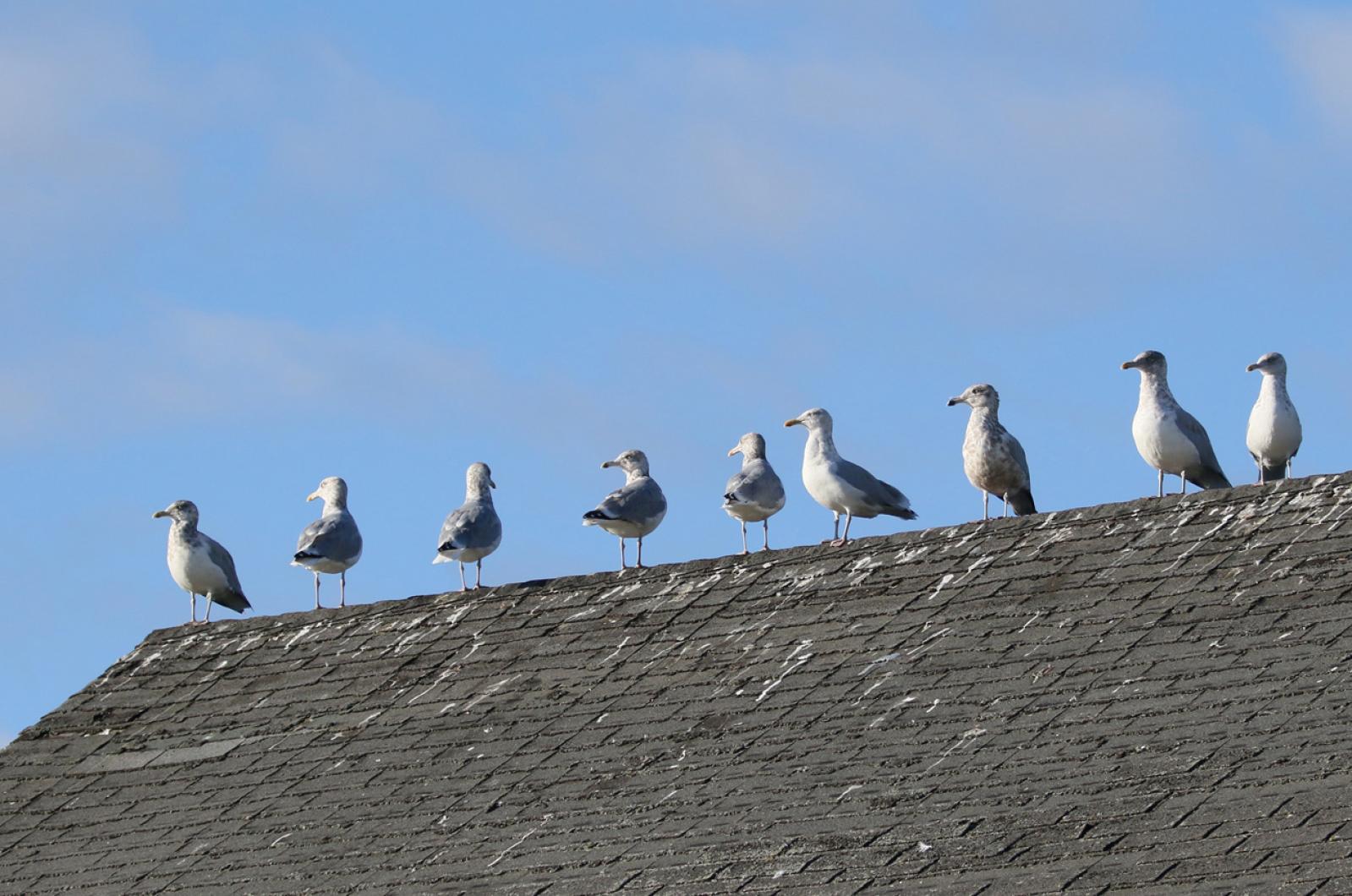
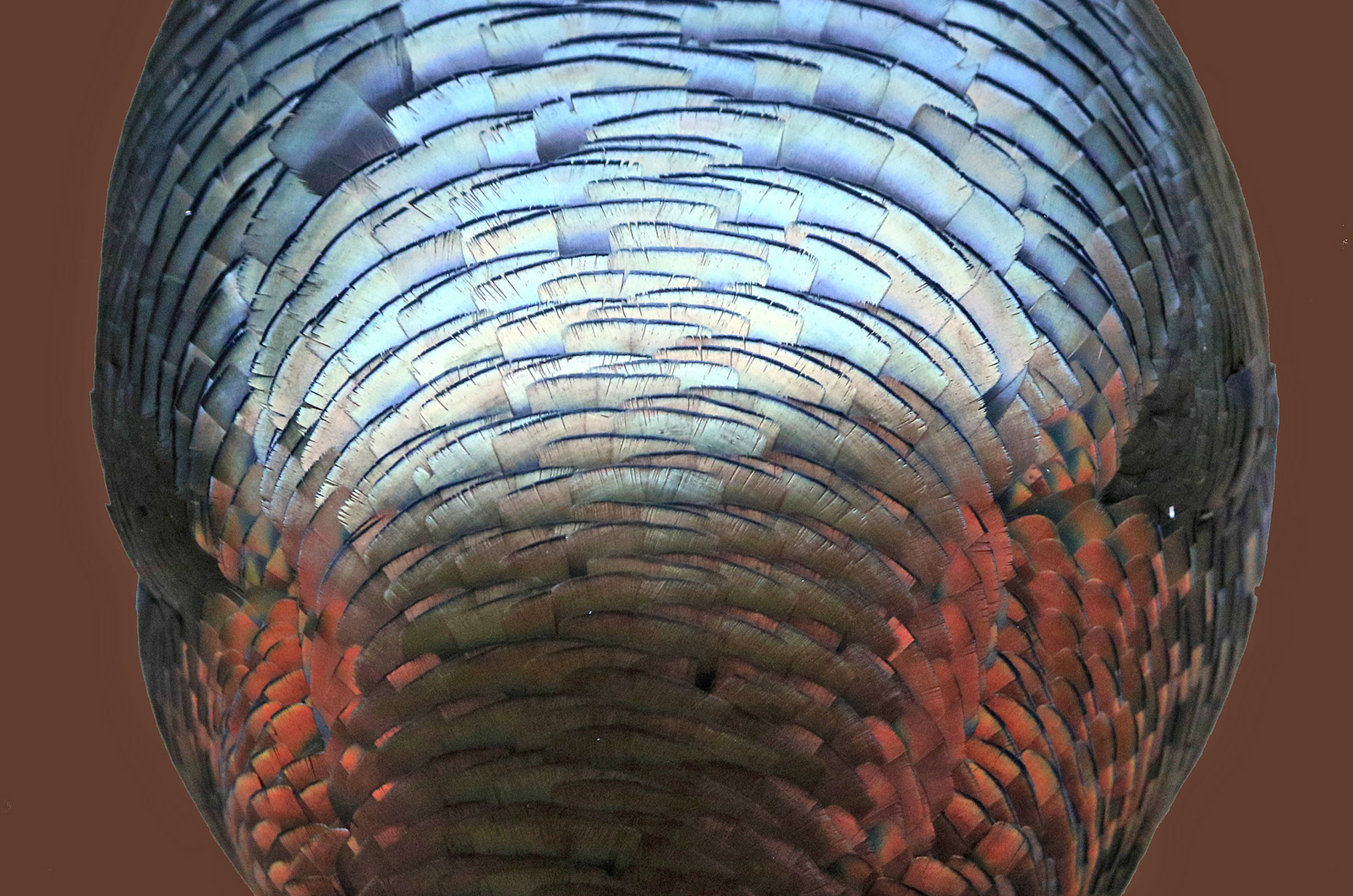
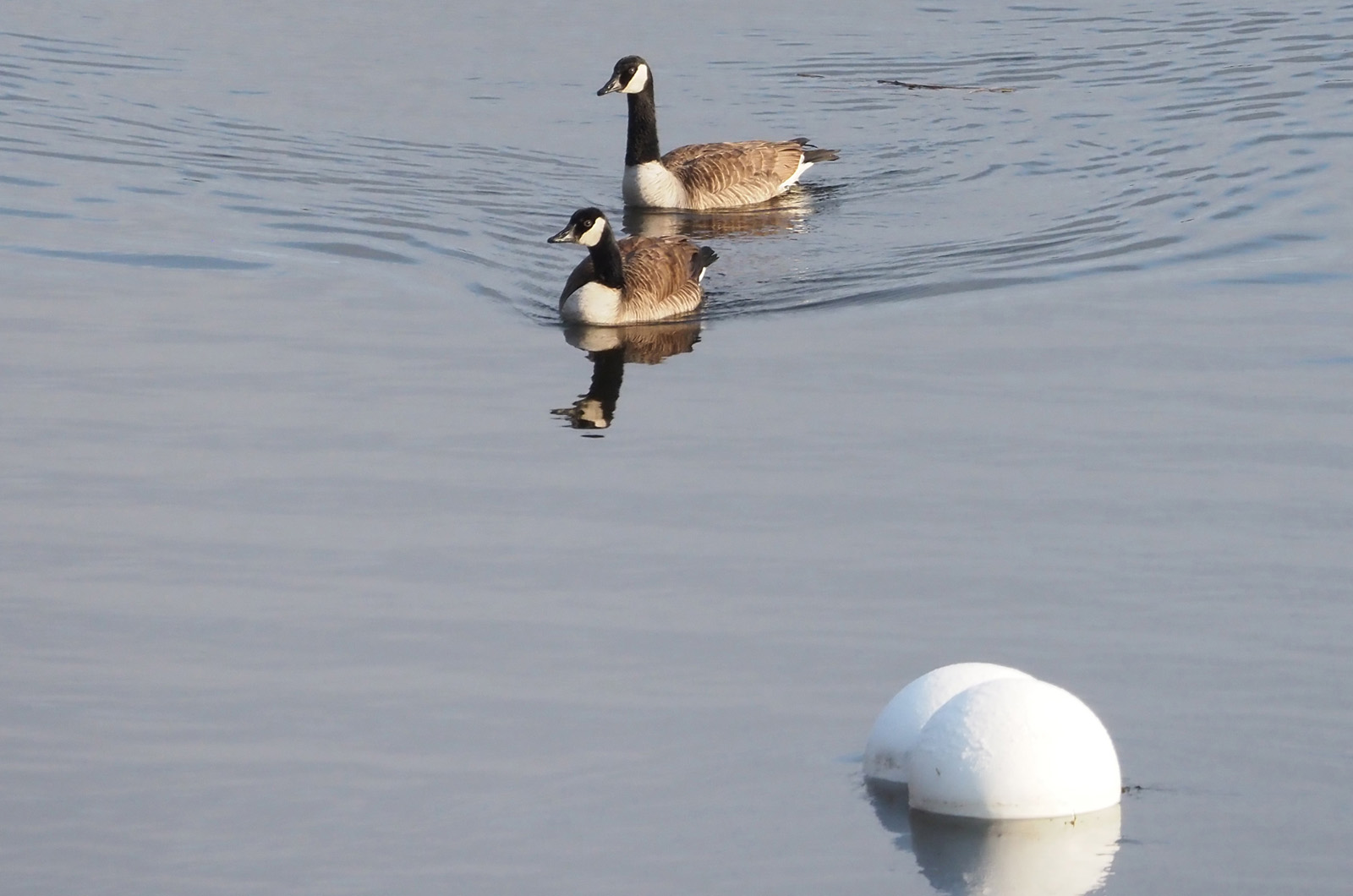
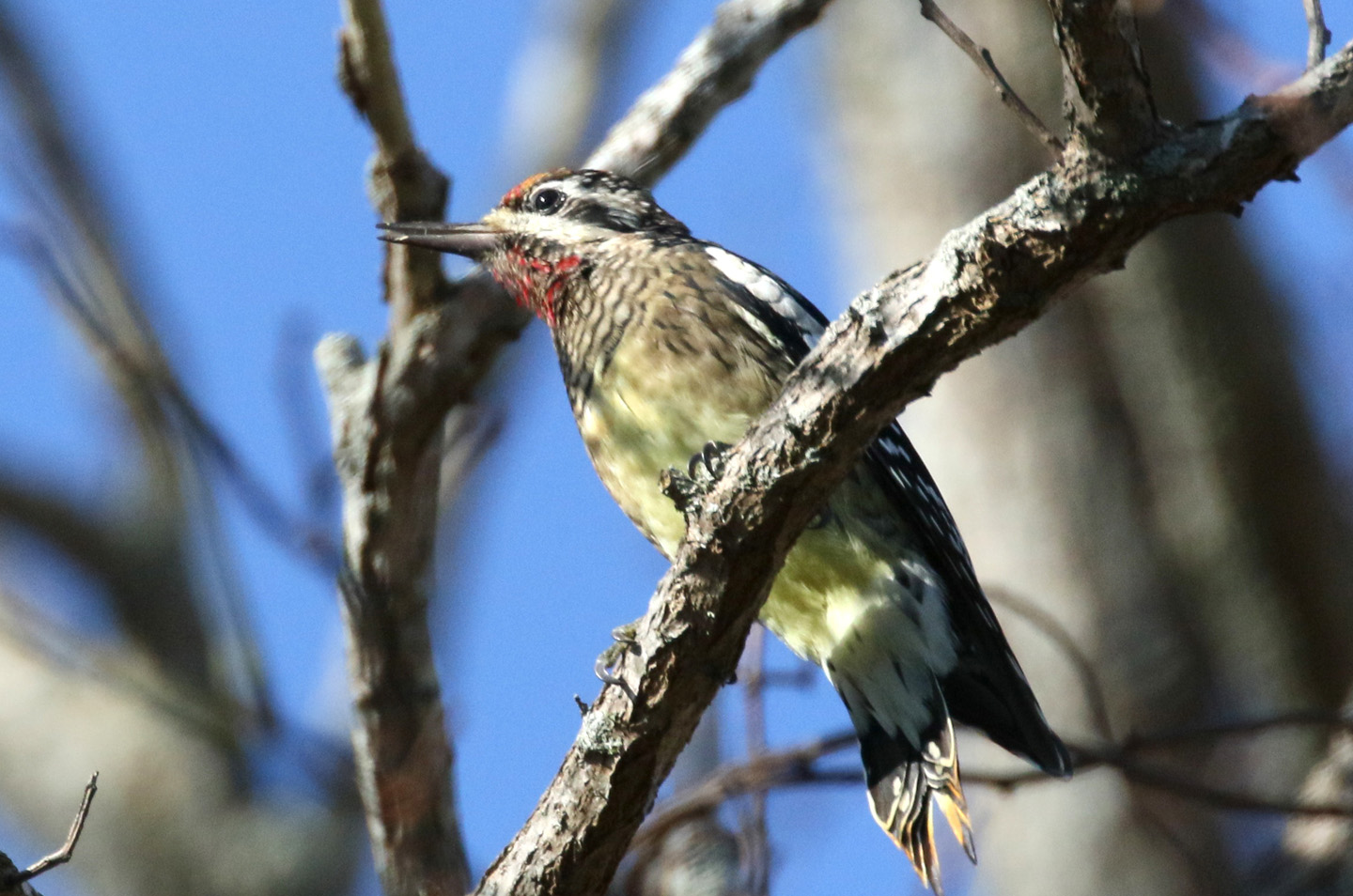
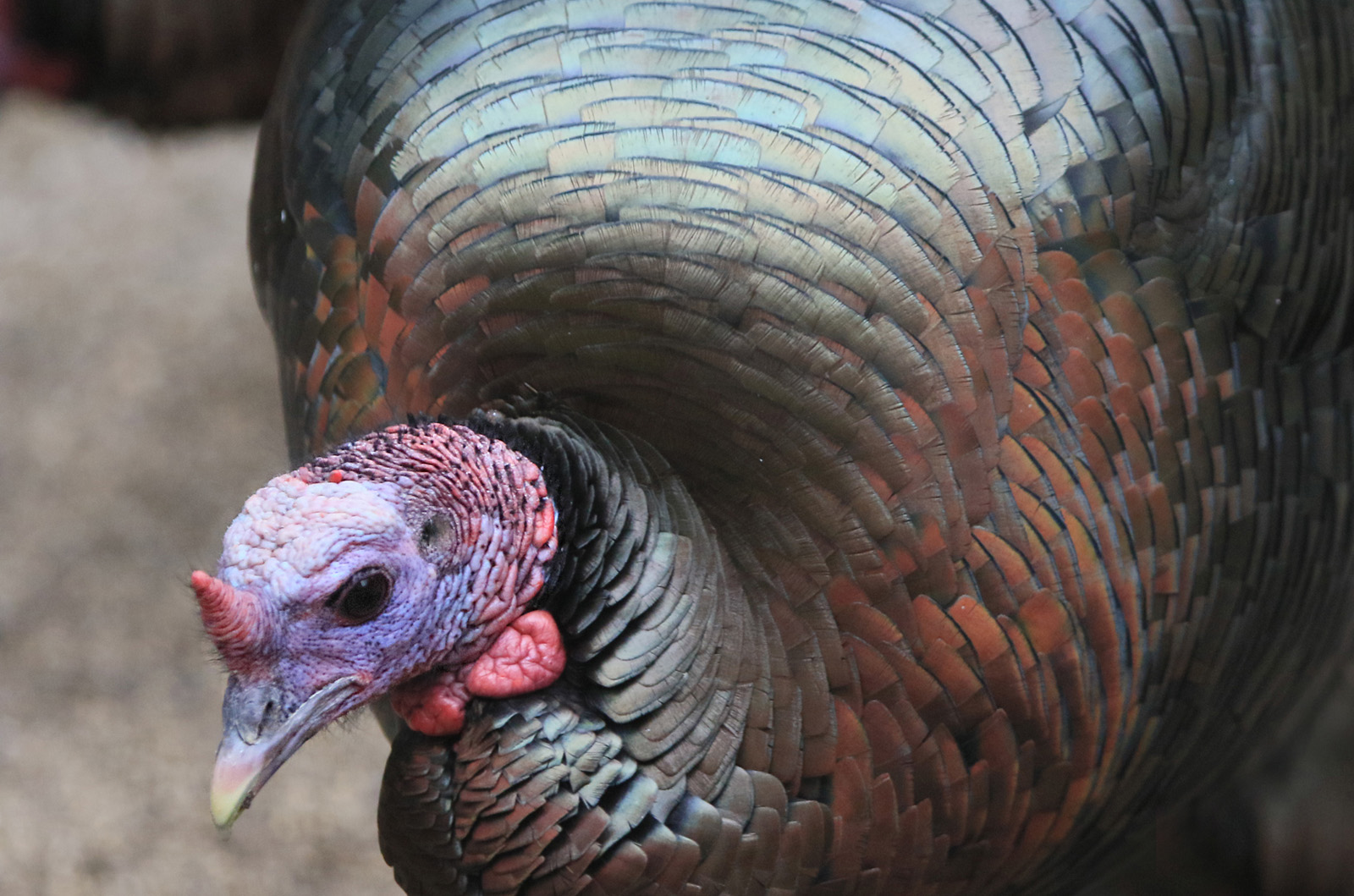
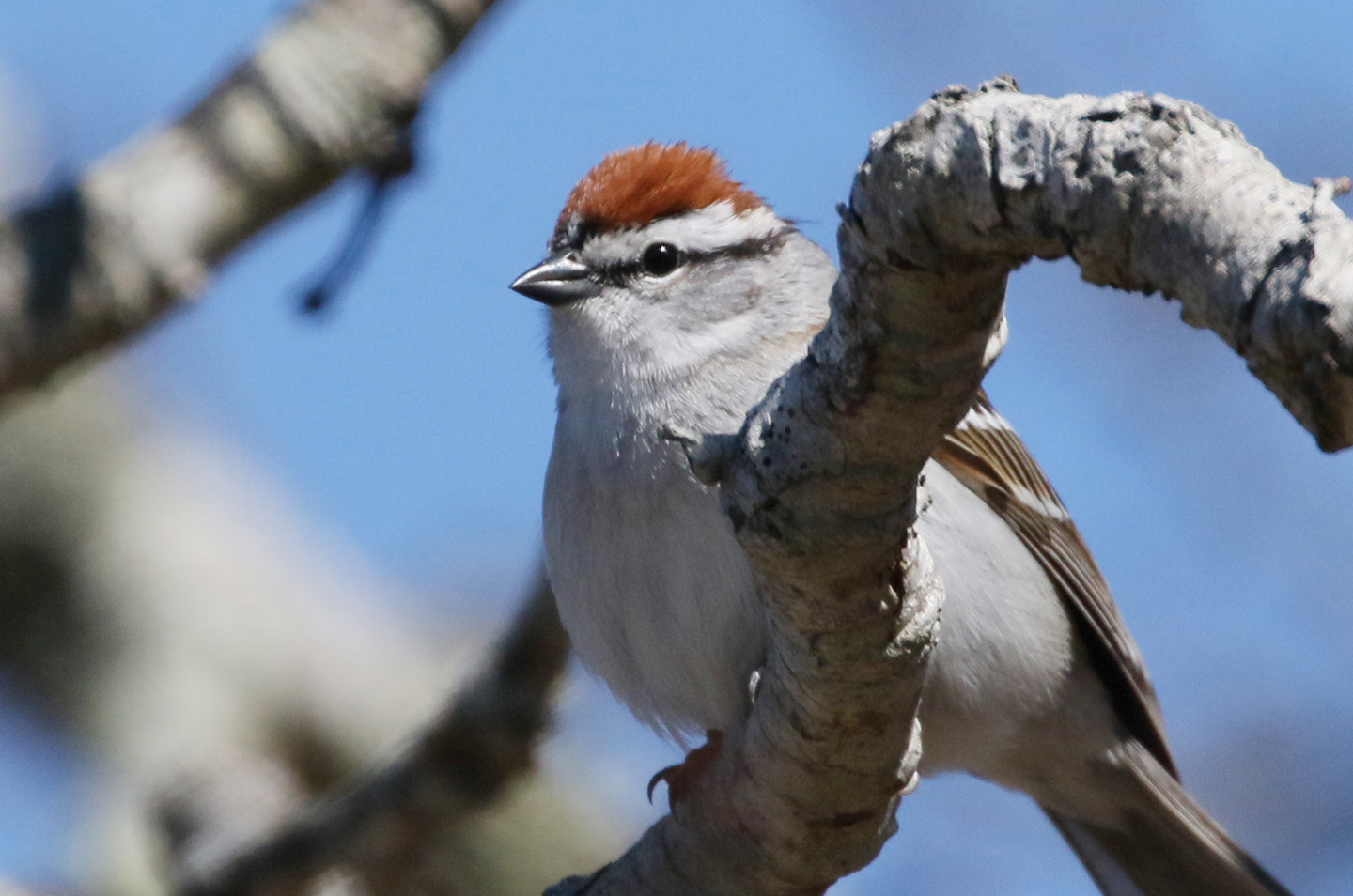


Comments (2)
Comments
Comment policy »